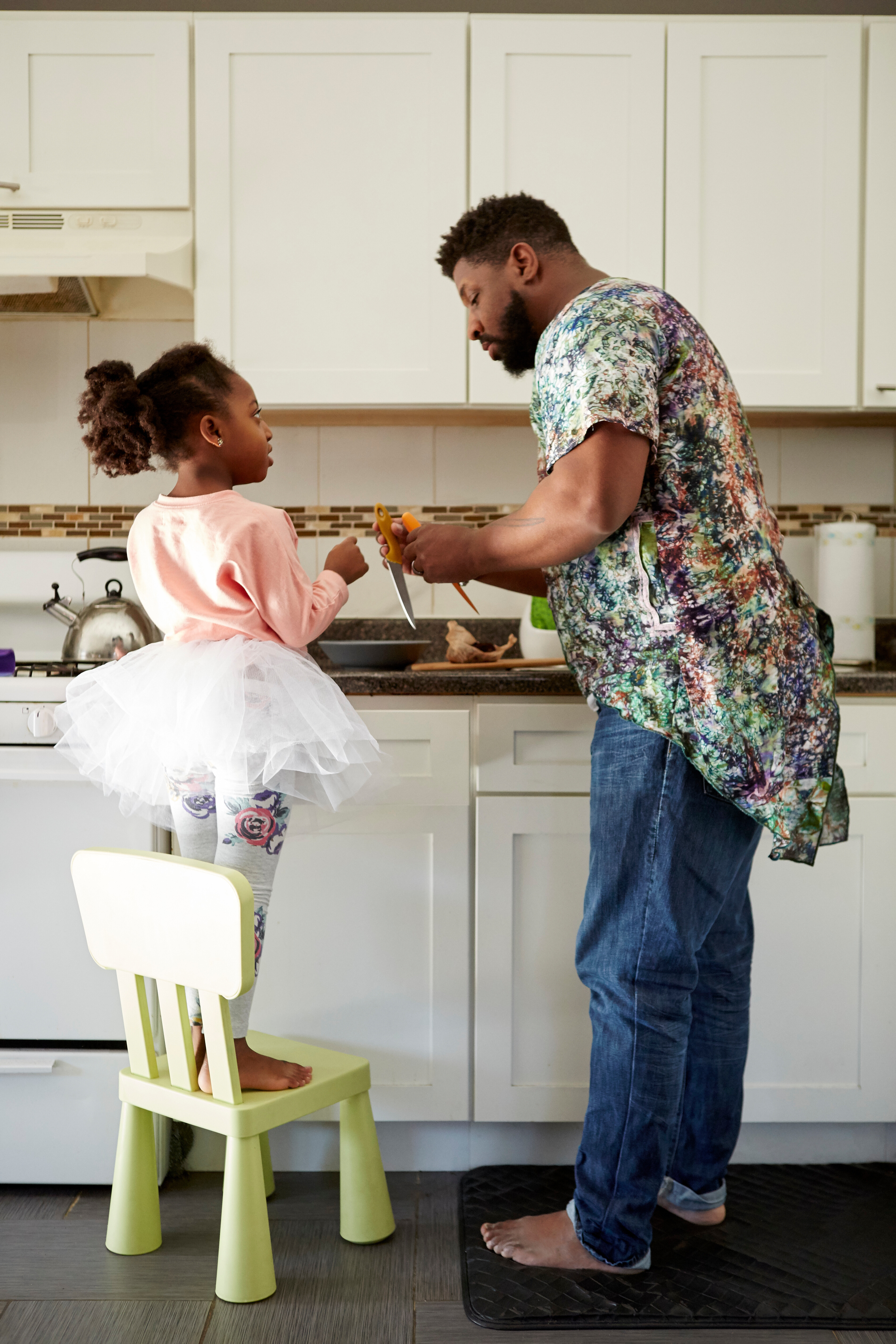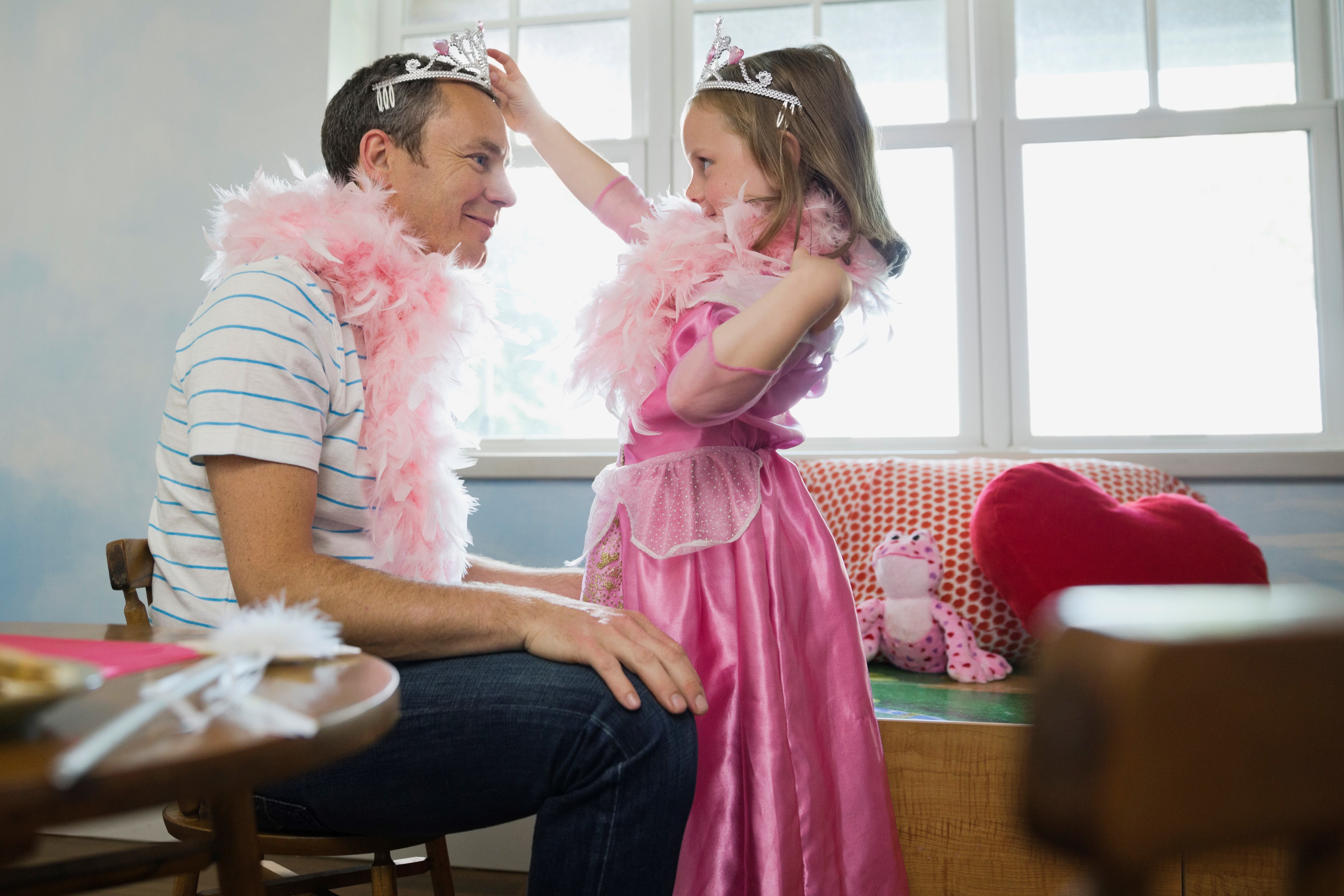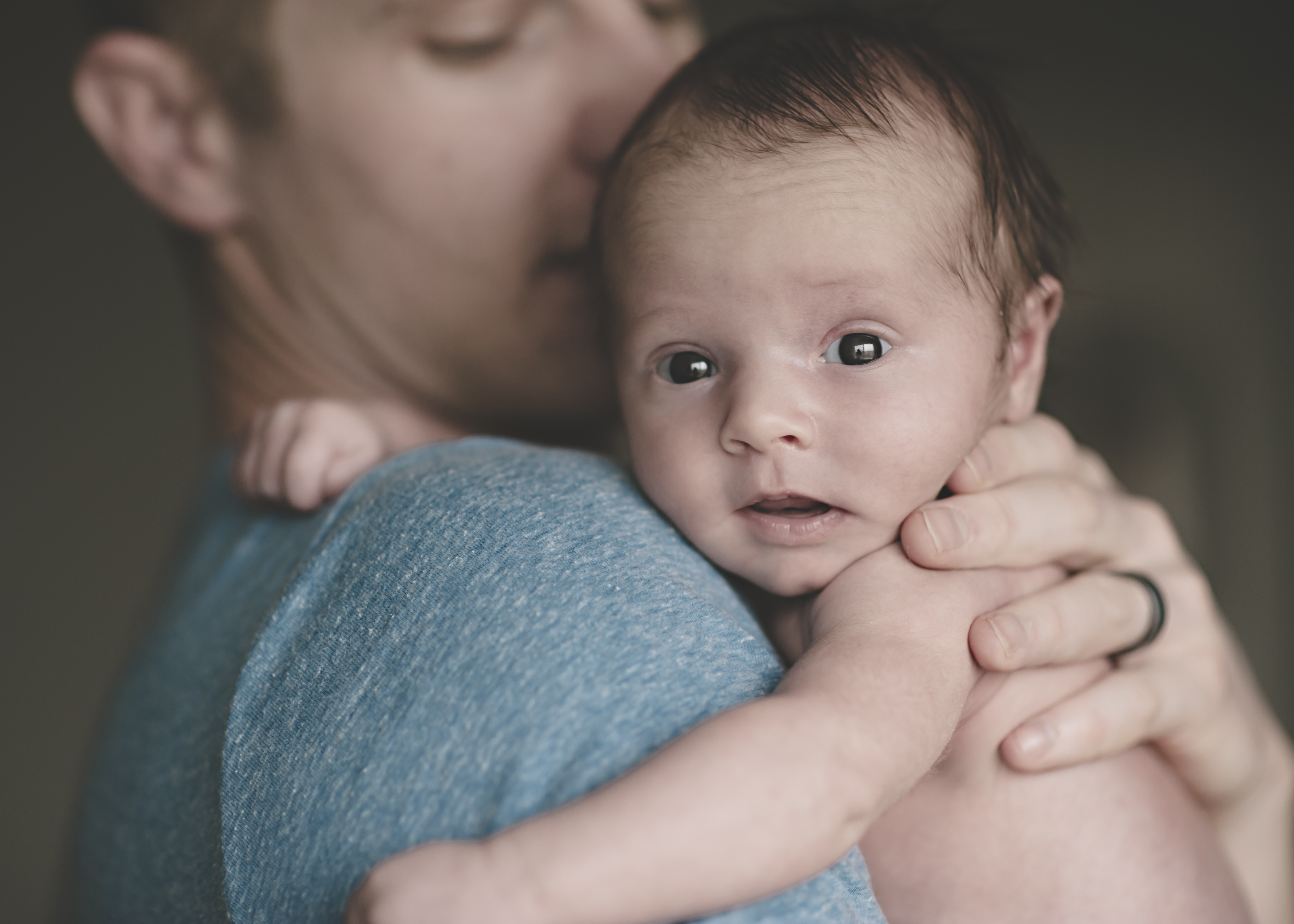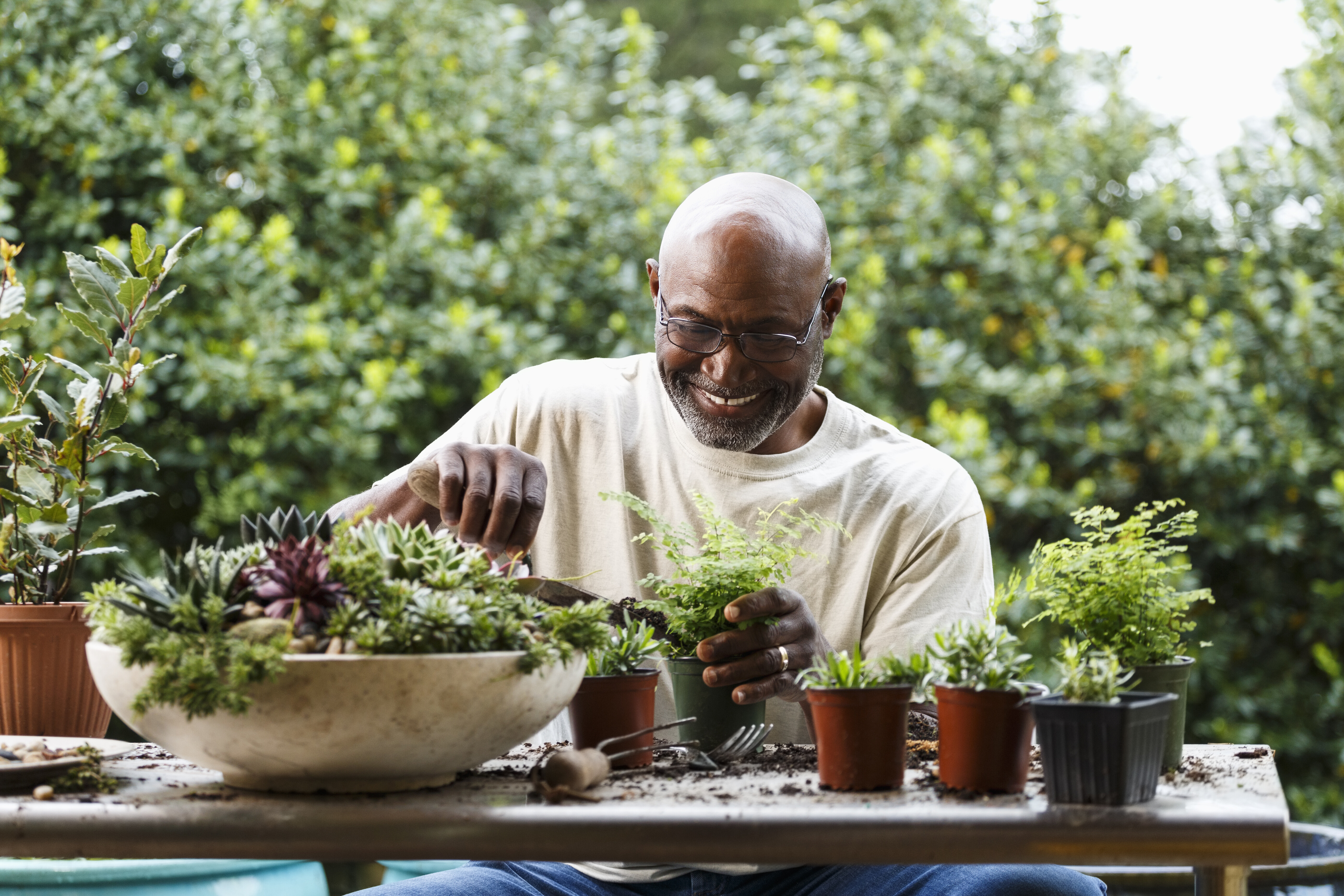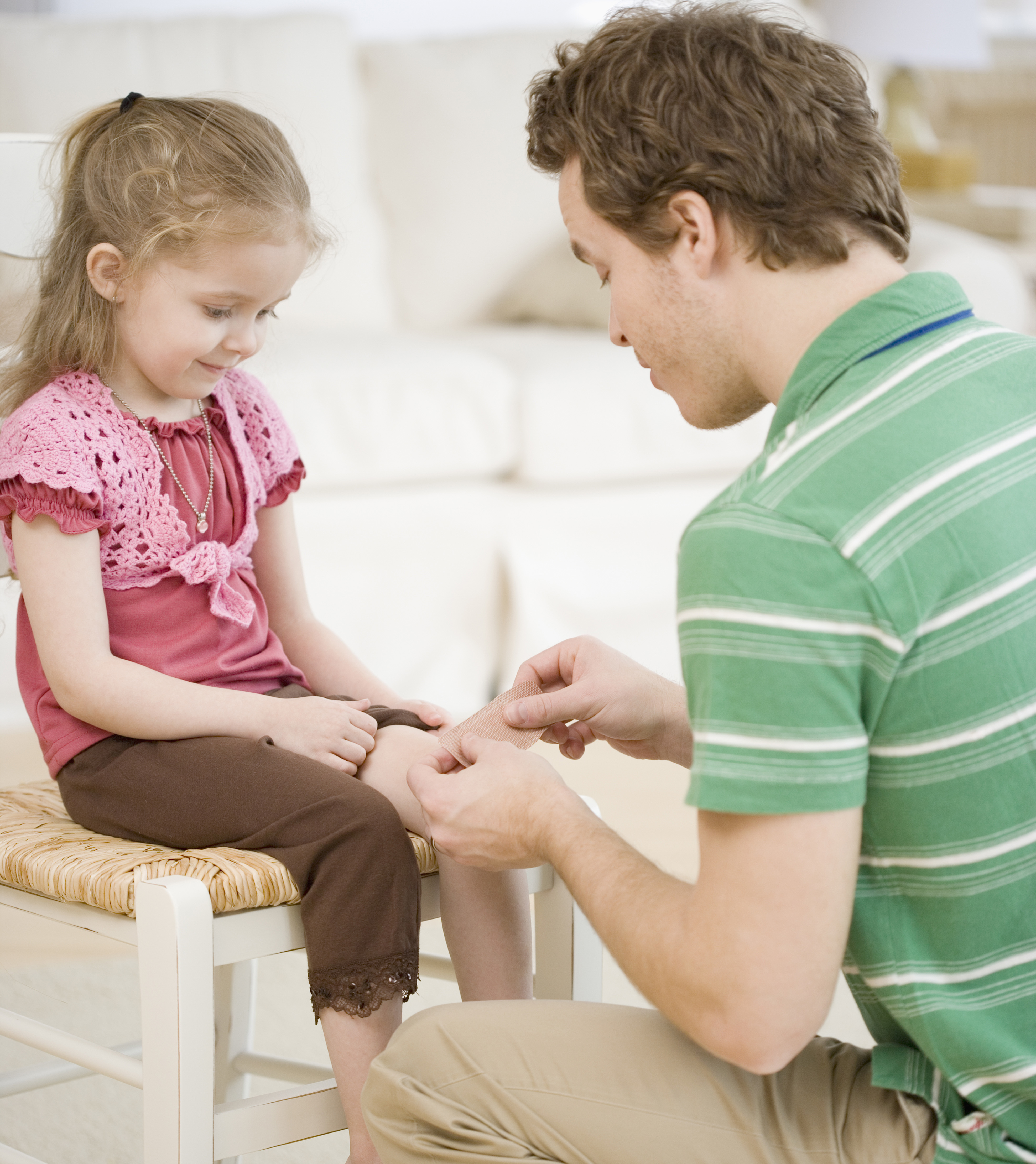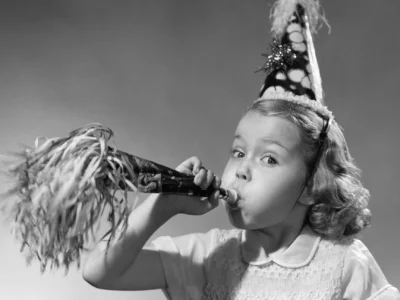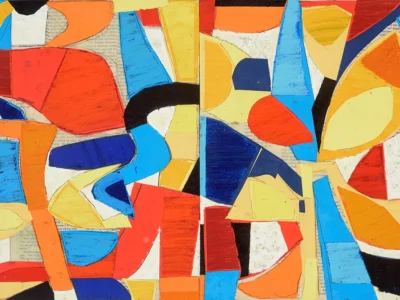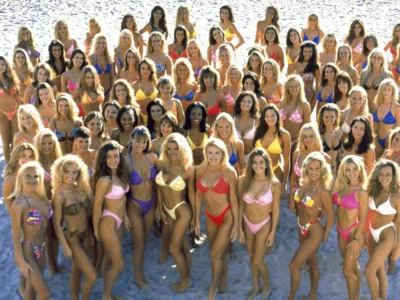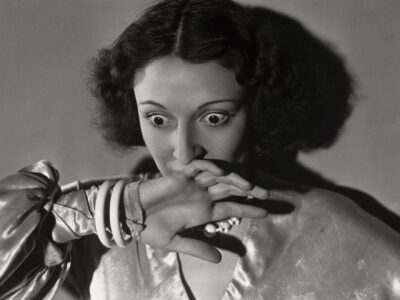The New Masculinity.
Masculinity is changing. Outdated ideas of what it means to be a man in today’s society are under threat – and rightly so.
Machismo was the ideal once upon a time. For some men, being a man was all about standing tall, not backing down, masking your emotions, casual sexism and disguising your vulnerability with aggression.
But sensitivity, empathy and vulnerability are not to be feared. And for many men, they never were. But for others, the stereotypes they saw in movies, books, advertising and marketing prevailed and underlined to them what it takes to be a real man. That, and trying to fit in with their peers has perpetuated the myth that ‘Boys will be Boys.
The ‘Boys will be Boys’ excuse (or in Donald Trump’s case the ‘locker-room’ banter excuse) is trotted out for some of the more odious male behaviour in society when we seek an excuse for bullying, cruelty and misplaced aggression as typical male behaviour or a rite of passage into an all-male environment such as a club or a sports team.
This has come to be known as Toxic Masculinity, which researchers have defined, according to The New York Times as a set of behaviors and beliefs that include ‘Suppressing emotions or masking distress’, ‘maintaining an appearance of hardness’ and ‘The use of violence as an indicator of power’ (think ‘tough-guy’ behaviour.)
The Toronto based author, Rachel Giese has already written in depth about feminism and gender equality from the personal perspective of girls and women, questioning the stereotypes of femininity and being female. Everyone believes nowadays that girls can achieve whatever they want – excelling at sports, for instance or becoming a scientist, an engineer or a pilot. Ridiculous as it seems, this wasn’t the case in society seventy or eighty years ago.
Rachel Giese realised that masculine stereotypes and maleness hadn’t really been challenged in the way that feminine stereotypes had. Bringing up her son, she became curious about how gender norms and expectations regarding masculinity were affecting boys’ attitudes and behaviors.
She says, “Probably the best antidote to toxic masculinity are more expressive, open, caring, liberated forms of masculinity. By that I mean, forms of masculinity that value kindness, nurturing, intimacy, respect, humility, tolerance and curiosity”.
She feels it is important to show young males that a quality like strength comes in many forms. Not just brute force, but also standing up for what’s right. Showing your vulnerability takes plenty of strength and courage, as does being allies with girls and women in the fight for gender equality. This was in evidence in early 2017 on the global Women’s Marches and more recently on the #MeToo marches across the world, as many men turned up to the rallies alongside women to show their support.
This #MeToo movement has brought the issue of Toxic Masculinity into very sharp focus.
The way masculinity is portrayed has a huge impact on young men’s sense of self-worth and self-esteem and what it means to be masculine.
Part of the confusion of what it means to be a young man today has led to suicide being the number one killer of all men under the age of 45 in the US and the UK.
Male mental health is in crisis – and according to the World Health Organization, there were an estimated 793,000 suicides worldwide in 2016 (the last year global data was available.) Most were men.
The reasons for this shocking statistic are complex but one thing we in the business of visual communication can do to help bring about change is to start portraying the multi-faceted nature of masculinity with more balance.
Brands are beginning to represent men more realistically. There are examples exploring male vulnerability and sensitivity, with some high profile examples like Gillette’s ‘The best a Man can be’ campaign, gaining global awareness by pointing out the negatives of one-dimensional alpha male behavior.
Gillette is willing to back up their stance by donating $1 million per year for the next three years to non-profit organizations in the US running inspirational programs to educate and help men of all ages achieve their personal best and in doing that become role models for the next generation.
This is leading to a change in masculine identity where males are being portrayed in a more rounded way – showing their nurturing, reflective side and conveying emotions.
Gillette say, “As a company that encourages men to be their best, we have a responsibility to make sure we are promoting positive, attainable, inclusive and healthy versions of what it means to be a man.”
We have seen the emergence of the metrosexual and an increase in stay-at-home dads and their depiction in the media. Things are moving on again now as more brands are beginning to show masculinity in general in a more realistic, three-dimensional way. In doing that they not only create a deeper connection with consumers but also something to which more young males can relate
This should in turn have a very positive impact on men’s mental well being.
Dove’s #RealStrength campaign demonstrated this very well where the brand and its skin and hair care products were neatly tied in with how men care emotionally, by showing the powerful bond between fathers and their children.
It asked the question, ‘What makes a man stronger?’
Before giving the answer, ‘Showing that he cares.’
According to Dove, 90% of men around the world say that their caring side is part of their masculinity and strength. If that is the case, then the shift in how 21stCentury masculinity is portrayed is well under way. Young men however are the group who really have the opportunity to change things. Because, as Gillette say, ‘The boys of today are the men of tomorrow.’

